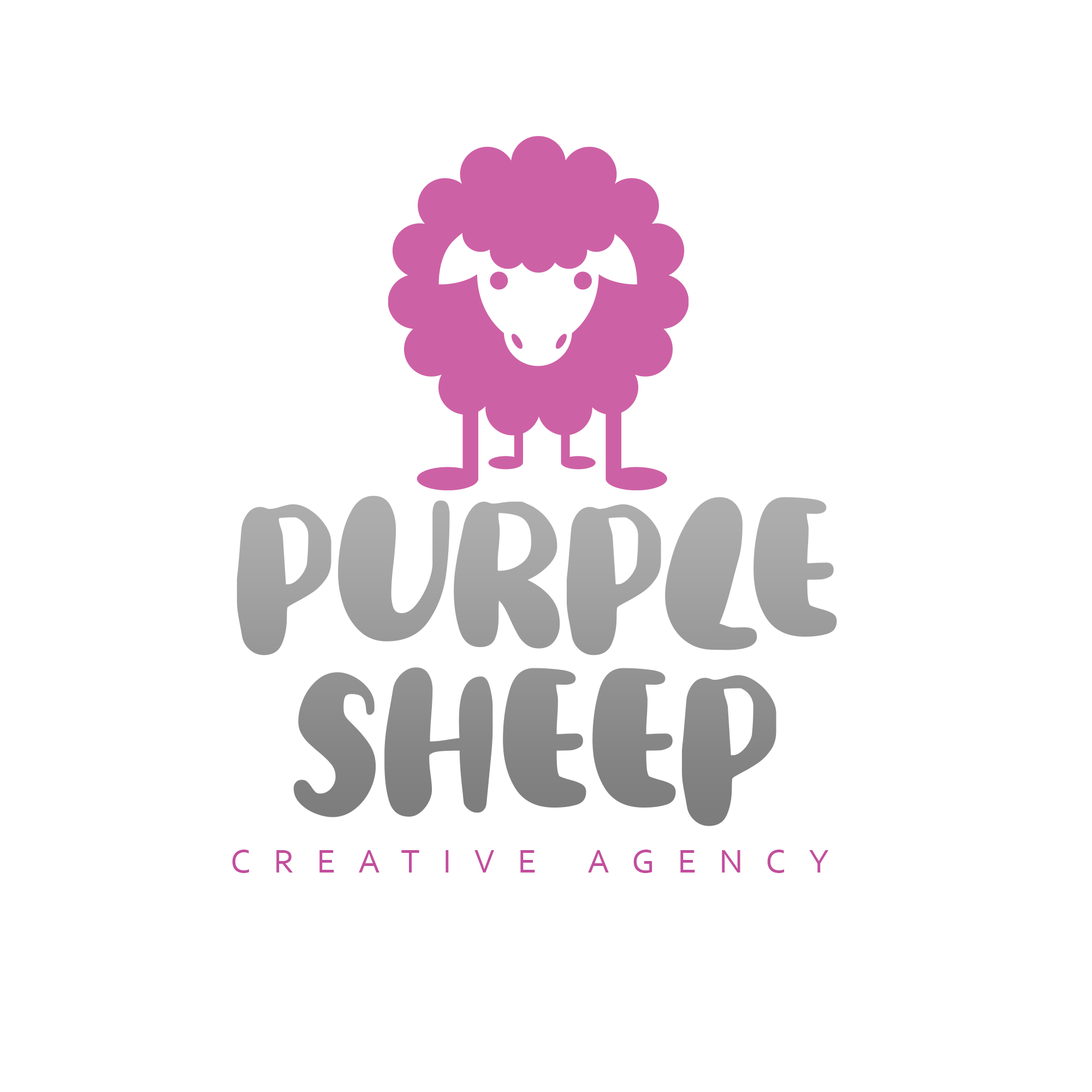How to write a great design brief.
A design brief is a document that tells a designer everything they need to know about a project. It includes the client’s objectives, target audience, budget, timeframe and any other information that will help the designer create a successful end product.
Design briefs can be daunting, but they don’t have to be! In this post, we’ll give you some tips on how to write a good design brief that will set your project up for success.
1. Define the Objectives
The first step in writing a design brief is to define the objectives of the project. What are you hoping to achieve with this design? Are you looking to increase brand awareness? Drive sales? Improve customer retention?
Whatever your objectives may be, make sure they’re crystal clear before moving on to the next step.
2. Know Your Target Audience
Who is your target audience? This is an important question to answer because it will dictate the tone, style and overall approach of your design. For example, if you’re targeting young adults, you’ll want a design that’s current and trendy. On the other hand, if you’re targeting seniors, you’ll want something that’s more elegant and classic.
Think about who you’re trying to reach with your design and let that guide your choices moving forward.
3. Set Some Ground Rules
Now it’s time to set some ground rules for your project. What are the must-haves? What can you live without? This is where you’ll get into the nitty-gritty details of what you want (and don’t want) in your design.
Some things you may want to consider include:
– Colour scheme
– Fonts
– Imagery
– Overall tone and feel
– Any specific elements or features that must be included
Again, the key here is clarity. The more specific you can be with your instructions, the better chance your designer will have of creating a design that meets (or exceeds) your expectations.
4. Create a Timeline
Next, you’ll need to create a timeline for your project. When do you need the final design by? Are there any milestones or deadlines along the way? Once again, communication is vital here, the last thing you want is for your designer to miss an important deadline because they weren’t given enough time to complete the work!
5. Set a Budget
Last but not least, you’ll need to set a budget for your project. How much are you willing (and able) to spend on this particular design? Be realistic with your budget.
And there you have it! By following these simple tips, you should be well on your way to writing a great design brief that will help ensure your project’s success. Good luck!



